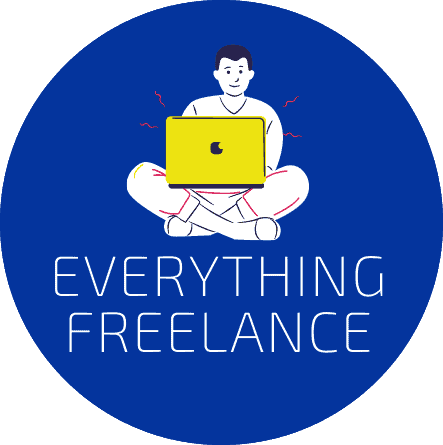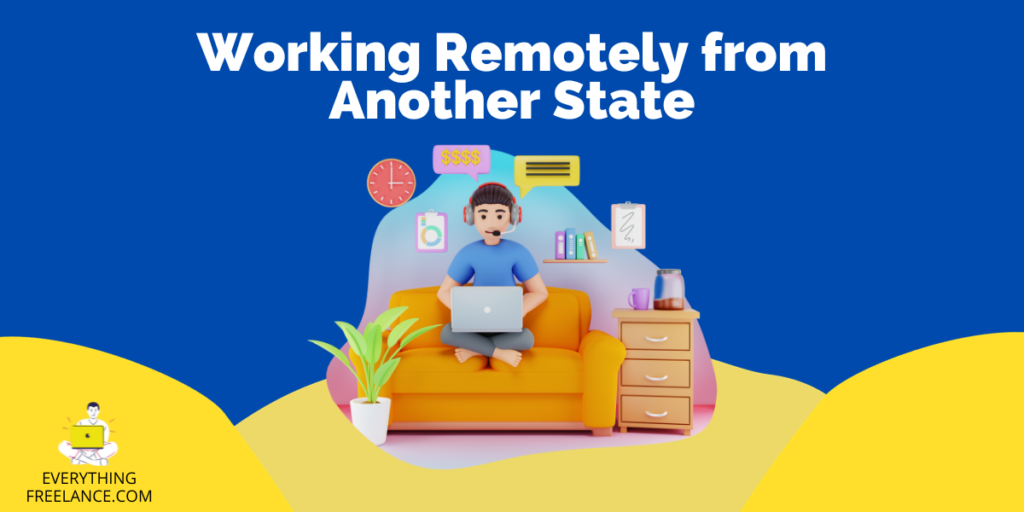In the last decade, remote working has established itself as a dominant trend in the global business landscape, especially in the wake of COVID-19. Since the pandemic, 27% of the entire US workforce has been working remotely. Work-from-home opportunities have been on the rise, and job seekers consider that an advantage when applying for new positions.
However, as we move forward, there are signs indicating that this trend might not be sustainable in the long run. This article explores the reasons why remote working will die and delves into what could replace the current remote working model.
What is Remote Working?
Also referred to as telecommuting, remote working is exactly what the name suggests – working from a remote location, such as your home or a coffee shop, instead of an actual office. This arrangement allows employees flexibility in their work schedules, reducing commuting time and promoting work-life balance. Remote working hours can but don’t have to be fixed.

Why is It so Popular Today?
The popularity of remote work has surged in recent years due to technological advancements that make it easier to work from anywhere. The COVID-19 pandemic also played a major role in forcing companies to adopt remote work to maintain operations amidst lockdowns and social distancing measures.
Remote work is all about flexibility. You’re your own boss, and you choose your own working hours. As for companies, it can help them save money on workspace, as well as other costs that come with traditional employment.
What Are The Potential Benefits And Drawbacks of Remote Working?
Just like any other business model, remote work doesn’t come without disadvantages. It’s important for businesses and employees to carefully compare the good and the bad sides before deciding whether or not to adopt remote work operations. Some of those pros and cons are listed below.
Benefits
- Flexibility and Autonomy – This can be a major benefit for all – be it caregivers or other personal commitments. It can also be beneficial for employees who are more productive at certain times of the day or who prefer to work in a quiet environment.
- Reduced Commuting Costs – Remote workers do not have to commute, which can save them hundreds or even thousands of dollars each year. It can also save time, as the average American commuter spends over 50 minutes per day commuting to and from work.
- Wider Access to Top Talents – Remote work allows employers to find more talents, not only locally but also worldwide.
- Reduced Overhead Costs for Companies – Companies that have remote workers do not need as much office space, furniture, and other equipment. They also do not have to pay for utilities and other expenses associated with office space.

Drawbacks
- Isolation – Remote workers can feel disconnected from their colleagues, resulting in lesser productivity.
- Collaboration Difficulties – It can be difficult to coordinate schedules, share ideas, and work on projects together, and remote workers may miss out on informal conversations and interactions.
- Accountability Challenges – Managers and supervisors cannot easily monitor the worker’s progress or see if they are on task.
- Difficulty Building and Maintaining Company Culture – There are fewer opportunities for employees to interact with each other and learn about the company’s culture.
Reasons Why Remote Working Could Die
Despite its popularity in recent years, remote work is not without its challenges. Recent developments (listed below) have been suggesting that remote work could eventually die.
The Rise of Artificial Intelligence and Automation
It’s safe to say that artificial intelligence and automation are on the rise, and many tasks traditionally performed by humans can now be automated. This can reduce the need not only for freelancers but for traditional workers as well, as machines don’t need the salary and vacation humans do.

The Need for Collaboration and Face-to-Face Interaction
While virtual communication tools have made remote collaboration possible, they cannot fully replicate the benefits of face-to-face interaction. Effective collaboration often requires spontaneous brainstorming sessions, informal chats, and non-verbal cues, which are challenging to achieve in remote work environments.
The Challenges of Managing and Supporting a Remote Workforce
Managing a remote workforce can be tricky, as it requires a different skill set than managing an on-site team. Issues such as communication gaps, difficulty in monitoring performance, and providing support can make remote work unsustainable in the long run.
Will Hybrid Working Replace Remote Working?
Hybrid working is the golden mean where employees can work both from home and the office. It’s becoming increasingly popular, as it offers employees the flexibility of remote work while still allowing them to benefit from the collaboration and face-to-face interaction that comes with working in an office.
It’s possible that hybrid working will replace remote working in the future. Hybrid working offers the best of both worlds, and it may be the best way to address the challenges of remote working.
The Future of Remote Working
Nobody knows what’ll happen to remote working in the future. However, it’s clear that remote working is not a one-size-fits-all solution. Some jobs are well-suited to remote work, while others are not. We witness how the world is changing with each passing day, and the workplace is changing with it.
There’s no doubt that remote working will continue to evolve. We may see more hybrid working arrangements, as well as new technologies and tools to support remote workers.

Will Remote Working Disappear Completely?
While the challenges are real, it’s unlikely that remote work will disappear entirely. Many companies have invested heavily in remote work infrastructure, and employees have grown accustomed to its flexibility. Furthermore, certain jobs are inherently suited to remote work and are unlikely to return to the office full-time.
If Not, What Will The Future of Remote Working Look Like?
We can expect the future of remote to be even more flexible than before. You can only visit the office when your tasks require you to do so. Also, coworking spaces may become more prevalent, providing a middle ground between home and office work.
In Conclusion: Why Remote Working Will Die
While remote work may not be the dominant work model in the future, it’s unlikely to die out completely. Instead, we may see a shift towards a more balanced and flexible work model, such as hybrid or flexible working.
This evolution will be influenced by technological advancements, changing work practices, and societal norms. Regardless of the form it takes, the future of work will continue to be shaped by the quest for efficiency, productivity, and a better work-life balance.






































































































